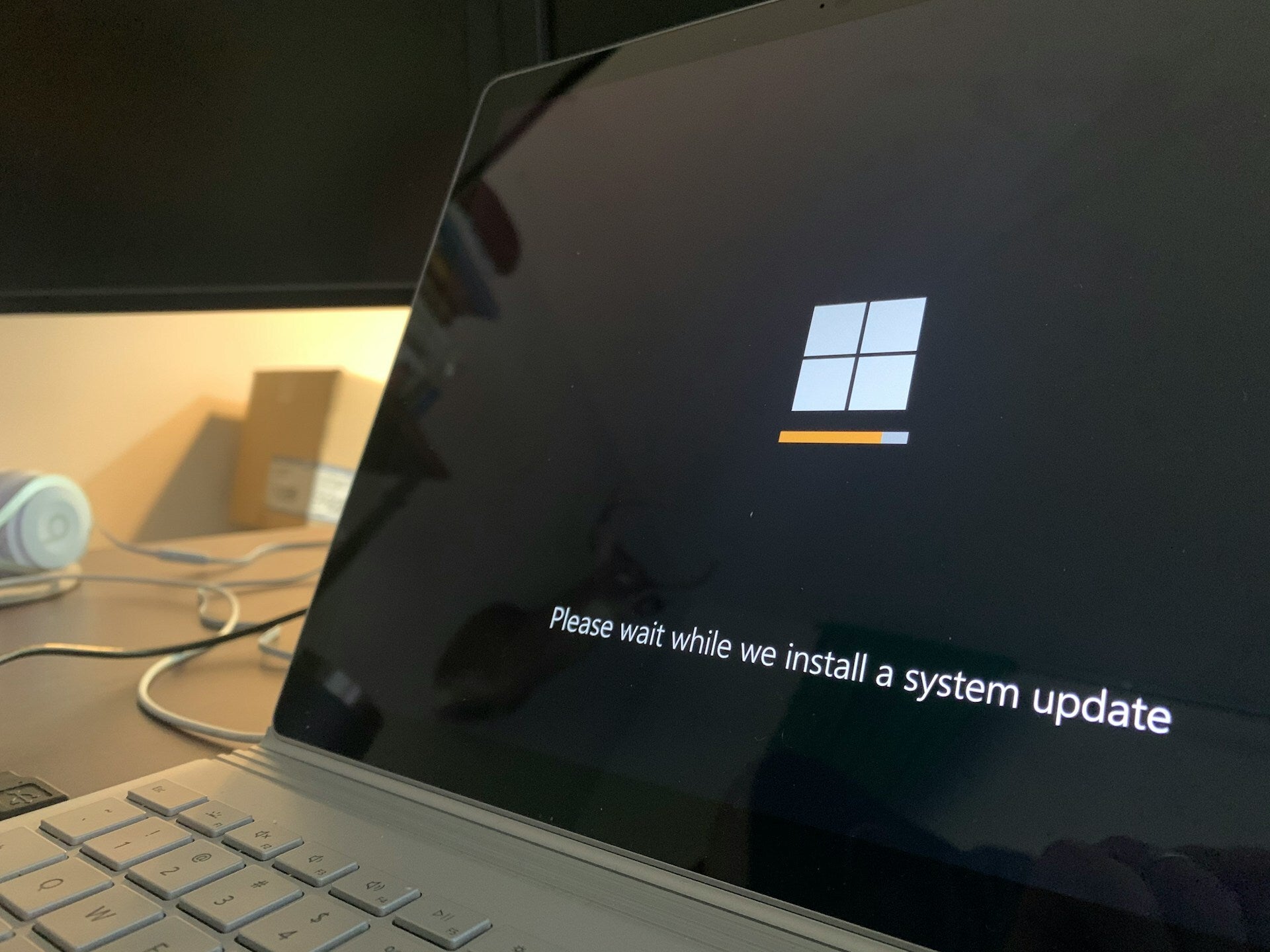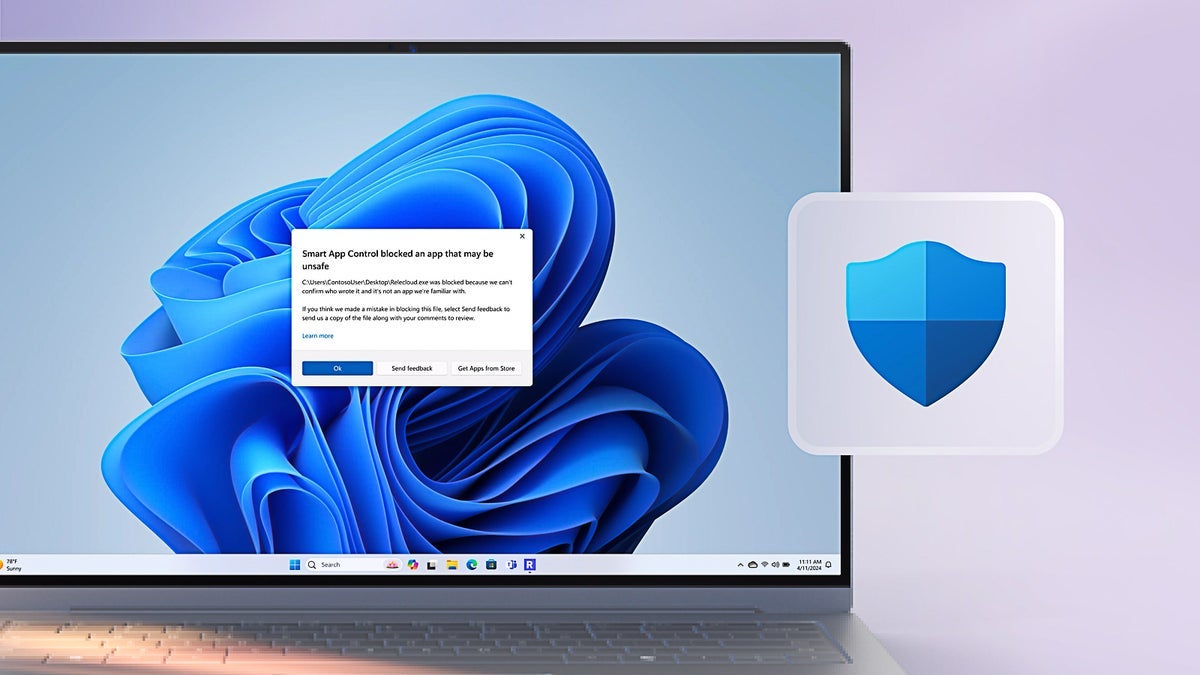Windows 10 support lives on – but only if you give Microsoft something in return
Mainstream support for the beloved Windows 10 ends on October 14 this year. However, many people are still rocking Windows 10, disliking Windows 11, and on top of it all, Windows 11 is one demanding (and very hardware-intensive) OS to install.
So, Microsoft is now making it easy to remain supported even if your PC or laptop is running Windows 10 via security updates until October 2026 for free.
The Windows 10 ESU program was announced last year, and it costs $30 per device if you don’t want to sign in with a Microsoft Account and sync your PC settings to the cloud. As an alternative, you can pay 1,000 Microsoft Reward points instead of cash.
To enroll your PC or laptop in the Windows 10 ESU program, you need to use a dedicated app that will begin rolling out in July.
Meanwhile, the Windows Backup app is already available for Windows 10 users. The app allows you to sync documents, pictures, apps, credentials, and even PC settings to the cloud using your Microsoft Account. The backup is done via OneDrive, which provides 5G of cloud storage for free for each user.
This Windows Backup app needs to be set up if you want the free security updates that go beyond October 2025 (which is when the official Windows 10 end-of-support is).

Windows 10
Basically, more than half of the Windows users right now are running Windows 10. And of course, Microsoft may be starting to worry that this October over half a billion PCs and laptops will be abandoned without support, and may be vulnerable to new security threats.
So, this latest move of giving the option to benefit from the ESU program for free can have more people from that user base remain supported for an additional year.
Of course, if you don’t want to use your Microsoft Account and back up your PC settings to the cloud or you don’t want to pay for extended security updates, your Windows 10 machine will be left unsupported on October 14, 2025.
At first, this isn’t a huge deal – nothing major should change – but over time, it could become an issue. The thing is, malicious users are always one step ahead, right – they find new to hack a computer and discover new security vulnerabilities. Those usually get addressed via security updates, but if your Windows 10 isn’t getting any, well, it will slowly become a bigger risk.
It’s worth noting that the ESU program is designed only to deliver security updates to your Windows 10. So there won’t be any new features and improvements to the OS anyway. Technical support for Windows 10 will end on October 14 even if you signed in with a Microsoft Account or decided to pay $30. So, no bug fixes either. Just security patches.
Microsoft has been trying to urge people to move to Windows 11. A curious end-of-support article recently basically said in plain text that you should get a new laptop for Windows 11…
Of course, the company would love you to either upgrade to Windows 11 on your existing laptop (if it supports it) or buy a new one. The ESU program basically exists so people who have no choice but to stay on Windows 10 for now can at least be somewhat protected from risks.
And understandably, if you want the new features that Microsoft releases, you’ll have to be on Windows 11 as well. Right now, the company is betting heavy on AI and many of the latest Windows 11 features are, well, in this direction.






